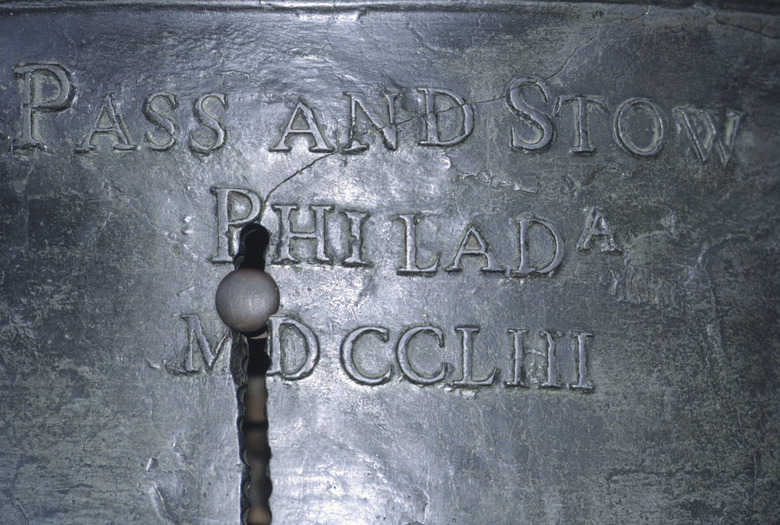How To Care For A Yellow Bell Bush
Yellow bell bush (Tecoma stans) dresses up the landscape with the large, tropical-looking flowers. This broad-leaf evergreen looks most striking in late summer and early fall when the yellow flowers bloom in abundance, hanging in thick clusters. Though mostly well behaved, yellow bell bush can be invasive in some tropical and subtropical climates. This shrub makes a great specimen shrub, or use it to create an evergreen, flowering hedge. As long as yellow bell bush gets at least six hours of sun per day, more is better, this shrub will thrive with minimal care.
Step 1
Step 1
Water yellow bell bush during the growing season, from spring through late fall, every seven to 10 days. Soak the soil slowly with each watering, until it is damp at least 12 inches deep. When you water, you can test the depth of moisture penetration by digging a small hole next to the plant using a trowel. Just be careful not to disturb the roots.
- Yellow bell bush (Tecoma stans) dresses up the landscape with the large, tropical-looking flowers.
Step 2
Step 2
Fertilize with a general purpose plant food every four to six weeks to get the best growth and flowering. Mix 1 tablespoon of fertilizer in a gallon of water, and pour it on the soil at the base of the plant out to the drip line. Coordinate fertilizer application with regular watering to improve the absorption of nutrients. Fertilizers vary from product to product so if the package label indicates a specific dilution amount, follow those directions.
Step 3
Step 3
Prune yellow bell bush in the spring using pruning shears for small branches or a pruning saw for larger branches. Cut out all dead or frost-damaged growth. Prune the canopy to the shape and size you want. This shrub can tolerate heavy pruning. In frost-prone areas, wait until after the last anticipated frost date to prune.
- Fertilize with a general purpose plant food every four to six weeks to get the best growth and flowering.
Step 4
Step 4
Clip off the seedpods to prolong flowering. The seedpods hang in clusters as the flowers fade. By removing them, you stimulate new flowers.
Tip
This sun-loving semi-evergreen shrub grows in U.S. Department of Agriculture plant hardiness zones 7 through 11 depending on the variety. While some varieties can survive to USDA zones 7, some plants will only survive in USDA zones 10 and warmer.
Tip
This is an ideal plant for sandy or loamy soil that drains well.
Tip
While good care, such as fertilizer, regular watering and pruning will help this plant grow vigorously in the garden, the yellow bell bush is capable of taking care of itself, as long as it is in full sun. So, if you want a low-maintenance shrub, you can skip the fertilizers and regular pruning, and allow the rain and sun to take care of the rest.
Tip
To revitalize a leggy yellow bell bush, you can cut the whole thing down to the soil in early spring. This drastic pruning approach will leave you with bare stumps for a few weeks, but as the new growth fills in, the plant will grow in compact with a whole set of fresh green growth.
Warning
While beautiful to look at, you want to keep the colorful yellow flowers and other plant material away from pets and little ones. All parts of the yellow bell bush are poisonous when ingested.
Things Needed
- Trowel
- General purpose fertilizer
- Pruning shears
- Tree saw
- Hedge clippers
